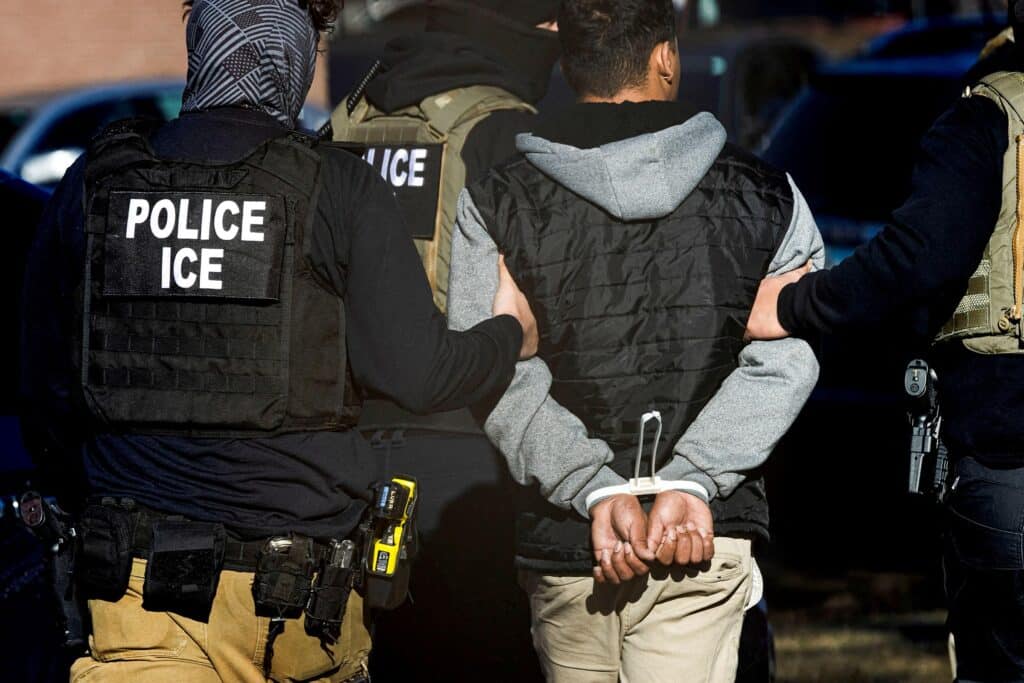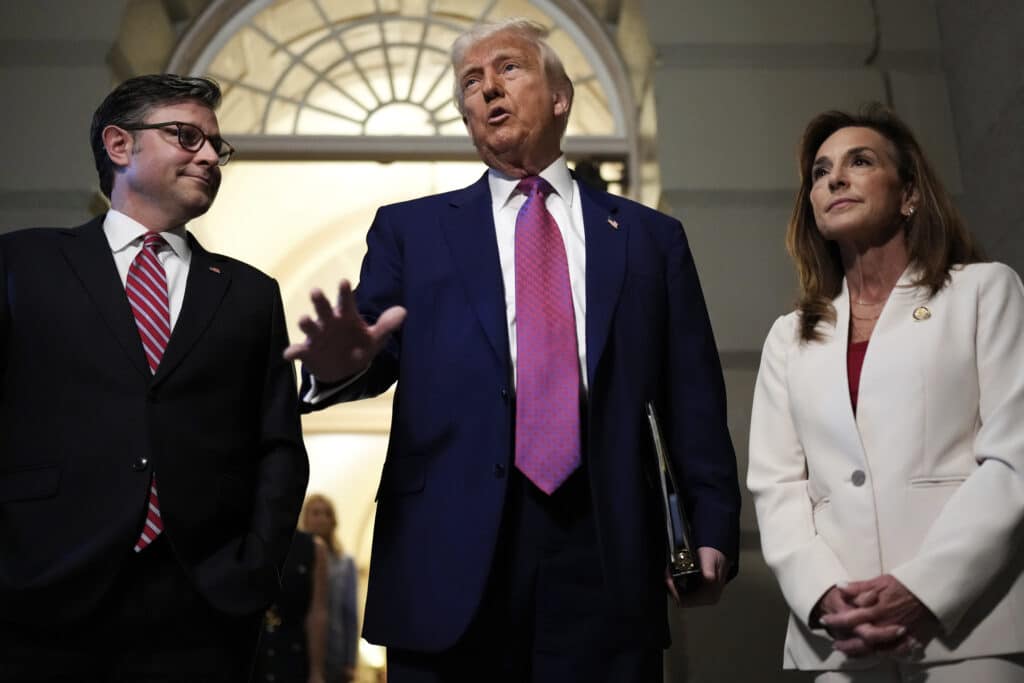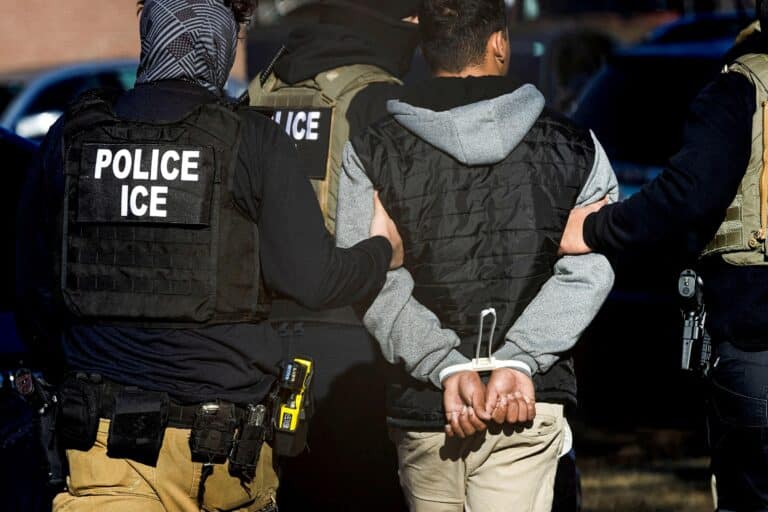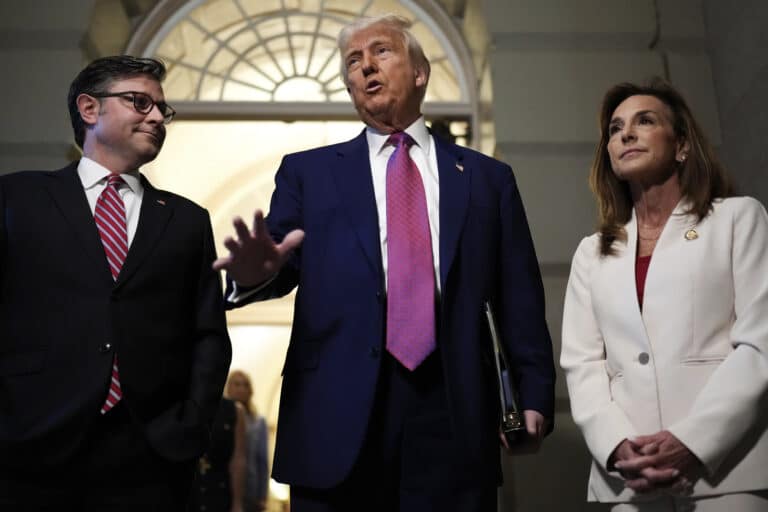Public opinion remains deeply divided as Americans confront the impact of former President Donald Trump’s immigration crackdown. Few government initiatives have sparked such widespread demonstrations and intense debate across diverse communities. Scenes from Los Angeles, marked by chaotic protests and detentions near workplaces and schools, highlight a nation grappling with the escalating use of military and law enforcement tactics targeting immigrants.
The spark behind mass protests and confusion
No recent policy shift has triggered as immediate or passionate a backlash as the stepped-up deportations and raids now unfolding. Images of federal agents detaining workers have ignited fear among undocumented immigrants and legal residents alike—touching students, teachers, and neighborhood organizations. Even families with long-established roots report anxiety about their safety and the risk of sudden separation from loved ones.
For some, these events evoke memories of darker chapters in U.S. history when suspicion and division were rampant. Others argue that a forceful approach represents necessary strength to safeguard borders. This ongoing clash between security and compassion continues to fuel large-scale mobilization and deep uncertainty throughout the country.
Troops and agents in the streets: a controversial decision
Few actions have drawn more attention than the deployment of the National Guard and Marines alongside local authorities. Supporters view this as essential reinforcement during turbulent times, while critics condemn it as an overreach—a militarized response better suited for conflict zones than American cities. The arrest of labor leader David Huerta, whose detention became symbolic for advocates, further intensified public outcry.
The White House asserts that strong measures are needed to restore order, dismissing the protests in Los Angeles as professionally organized insurrections—despite no substantial evidence backing these claims. Critics argue that such rhetoric only heightens the sense of crisis, legitimizing aggressive enforcement. As a result, the effects on immigrants and migrant families intertwine with broader debates over government authority and civil liberties.
Divided public: polls reveal American uncertainty
Following high-profile raids, polling data reveals just how polarized Americans remain. With 44 percent opposing the use of troops in city streets, 41 percent supporting it, and 15 percent undecided, the nation faces rare levels of division. Political independents tend to lean against deploying military and law enforcement, while many remain uncertain about both the legitimacy of the protests and the strategies used to disperse them.
Public attitudes also display pronounced regional and cultural differences. In California and other urban centers, opposition is especially strong, reflected in the scale of mass protests. Conversely, smaller towns and border regions sometimes show greater approval, viewing swift action as overdue amid perceived lapses in national security. Yet for many, uncertainty persists—there is still no clear consensus on how to interpret the consequences of Trump’s immigration crackdown.
Impact reaches far beyond undocumented immigrants
Rarely does a single policy send shockwaves through so many layers of society. Beyond those directly targeted, the impact on businesses and employers is significant. Raids near factories and stores disrupt daily operations, force temporary closures, and place hiring practices under scrutiny. Some companies worry that association with these incidents could damage reputations or lead to legal complications if documentation is questioned.
Perhaps most notably, the human costs and fear generated by widespread detentions reach well beyond undocumented individuals. Legal immigrants—including green card holders—report heightened anxiety, afraid they could be mistakenly swept up or encounter bureaucratic obstacles stemming from enforcement errors. These indirect consequences are often overlooked but profoundly shape daily life for countless residents.
Migrant families caught in the crossfire
As agents move into neighborhoods, children frequently become collateral victims. Reports emerge of half-empty classrooms after raids or parents too fearful to attend school meetings. Emotional distress, separation anxiety, and enduring uncertainty haunt entire communities, regardless of individual status. Faith leaders, educators, and health professionals all note increased signs of trauma among young people, compounding the difficulties faced by families already under strain.
A common reality emerges within mixed-status households—where some members are citizens and others are not. Navigating each new development becomes increasingly complex, with unpredictable enforcement raising difficult questions about rights, responsibilities, and belonging. Such dynamics only amplify the anxiety experienced by affected populations.
Business disruptions and workplace repercussions
Employers in sectors like agriculture, construction, hospitality, and manufacturing face particularly tough choices. When raids occur, work stops without warning, production lines halt, and teams can disappear overnight. Managers scramble to fill gaps and address labor shortages, prompting concerns over compliance and profitability. Some business leaders quietly question whether sweeping enforcement achieves enough to justify the disruption to stable employment relationships.
Meanwhile, employees—including U.S. citizens and legal immigrants—find themselves working in an atmosphere of suspicion. Trust between staff and supervisors erodes, and rumors multiply after each incident. Widespread disruption slows local economic growth, illustrating how one segment of government policy can reverberate far beyond its intended targets.
- Children missing from schools following detentions
- Workplaces struggling to maintain operations after raids
- Community organizations offering emergency support for impacted families
- Residents reporting increased mental health challenges stemming from fear
- A sharp rise in legal aid requests for advice on rights and procedures
Legal battles and evolving policy landscapes
Trump’s immigration crackdown faces mounting legal and political challenges. States such as California have filed lawsuits questioning whether federal deployments violate local jurisdiction. Civil rights groups challenge the constitutionality of broad raids and extended detentions. Meanwhile, Congress is engaged in renewed debates over executive power and calls for comprehensive immigration reform.
Judges deliver mixed rulings—sometimes blocking enforcement, sometimes deferring to presidential authority—leading to inconsistent standards across different regions. For immigrants and advocates, keeping track of these developments requires constant vigilance, as shifting court decisions can alter lives overnight.
Support and backlash: America in conflict
Polarization continues to define the national conversation. Supporters frame enforcement as a way to restore order and reduce pressure on social services, emphasizing stories of crime prevention and job protection for U.S. citizens and legal immigrants. These views reflect priorities centered on security and stability.
Yet backlash is equally visible. Protesters march in the thousands, displaying images of detained neighbors and demanding stronger oversight of law enforcement. Social media amplifies competing narratives—accusations of authoritarian motives versus appeals for national sovereignty. Everyday discussions, whether at home or in public spaces, reveal raw emotions as Americans’ uncertainty endures.
Lasting effects on American identity
Perhaps nothing underscores the stakes more than the pivotal questions being raised nationwide. Who truly belongs in America? How should society balance security with humanitarian values? Answers remain elusive amid entrenched divisions and sharply contrasting perspectives about what defines the nation.
As the situation continues to evolve, uncertainty signals that collective understanding is still unsettled. Public dialogue grows ever more animated, with competing visions for the future shaping the country’s sense of identity.









